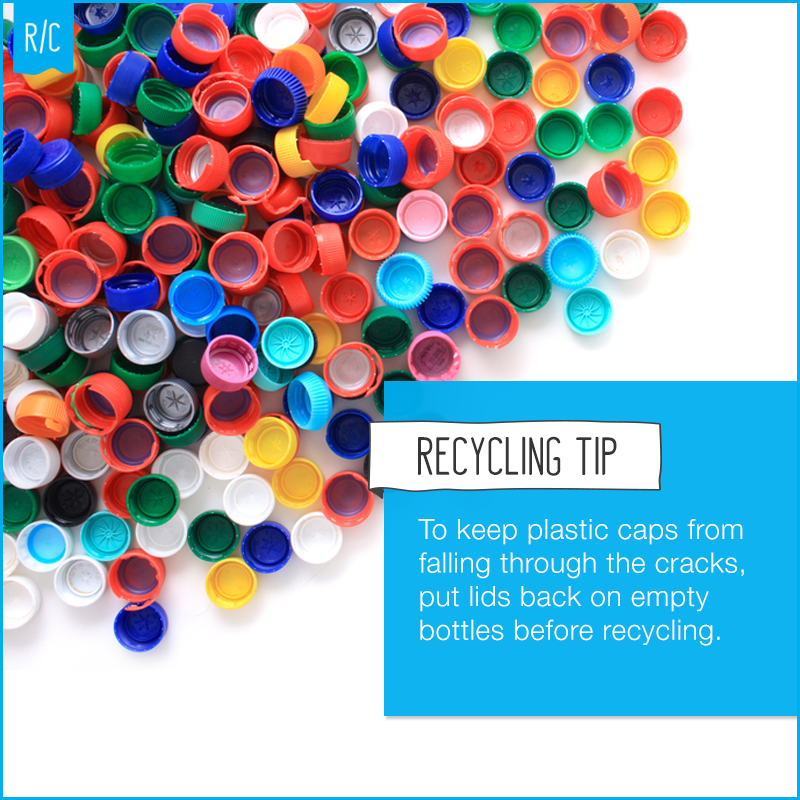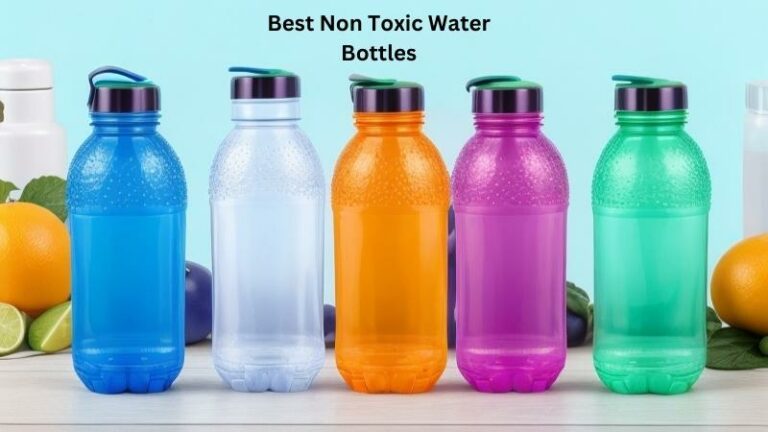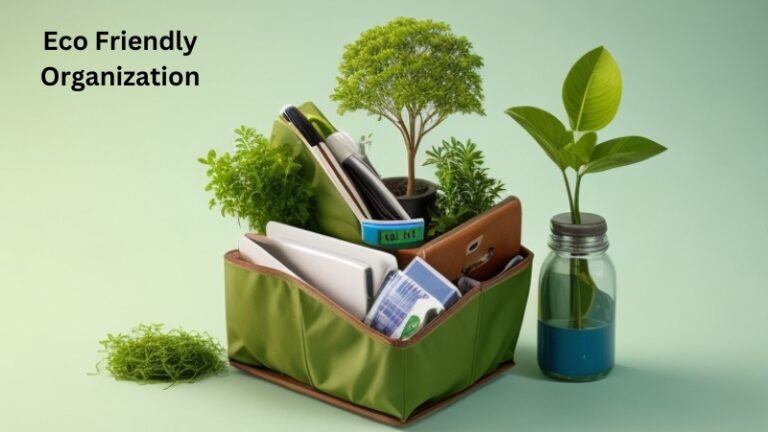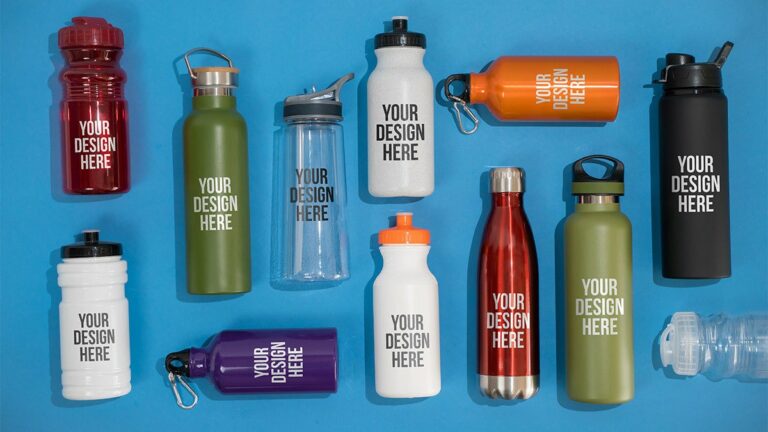Water Bottle Cap Recycling
Water bottle cap recycling is important for protecting the environment. Billions of plastic caps end up in landfills each year. In this article, we’ll explore water bottle cap recycling and its significance.
Ever wondered what happens to plastic caps after you finish your water bottle? We’ll discover how these small objects can make a big difference in reducing waste and conserving resources. Let’s learn about water bottle cap recycling!
Join the recycling revolution and give your bottle caps a new life. From recycling bins to upcycling projects, we’ll explore ways to contribute to a greener world. Grab your favorite drink and let’s embark on this eco-friendly journey of water bottle cap recycling!
Exploring Water Bottle Cap Recycling: An Eco-friendly Solution
Water bottle cap recycling is a crucial element of sustainable waste management and environmental conservation.
As we increasingly recognize the importance of reducing plastic waste, it is essential to understand the significance of recycling bottle caps.
This article will explore the different aspects of water bottle cap recycling, including the materials used, the recycling process, and its impact on the environment.
The Benefits of Water Bottle Cap Recycling
Water bottle cap recycling has numerous benefits for the environment and our communities. Firstly, it reduces plastic waste in landfills and oceans, minimizing pollution and its harmful impact on wildlife.
Additionally, recycling conserves energy and resources, reducing the need for new caps made from virgin materials.
This process also helps decrease greenhouse gas emissions and combat climate change by reducing the demand for fossil fuel-based plastics.
Lastly, water bottle cap recycling creates job opportunities in the recycling industry, contributing to local economies and sustainable development.
The process of recycling water bottle caps is relatively simple. Caps are collected from recycling bins or waste sorting facilities, manually or automatically. They are then separated from the bottles using mechanical or flotation methods.
After separation, the caps undergo a cleaning process to remove contaminants. Next, they are shredded into smaller pieces and washed again to eliminate impurities.
The clean, shredded plastic is melted and formed into pellets or granules, which can be used as raw materials for manufacturing new products like plastic lumber, reusable containers, or new bottle caps.
This recycling process saves energy and resources while diverting plastic waste from landfills, promoting a more sustainable future.
Tips for Effective Water Bottle Cap Recycling
To promote efficient water bottle cap recycling, follow these tips:
1. Empty and rinse the bottle caps before recycling to prevent contamination.
2. Check with your local recycling program to ensure they accept bottle caps. If not, some organizations collect caps separately for recycling.
3. Consider collecting a significant amount of caps before taking them to a recycling facility to reduce transportation and energy costs.
4. If your local recycling program does not accept bottle caps, explore other options such as mailing them to specialized recycling facilities or partnering with local organizations that collect caps for various projects.
5. Spread awareness about the importance of water bottle cap recycling in your community to encourage others to participate and make a collective impact.
Recycling Vs. Disposing: The Case for Water Bottle Caps
Water bottle cap recycling might seem like an additional effort, but it plays a vital role in protecting our environment and conserving resources. Let’s explore why recycling water bottle caps is a better option compared to disposing of them in landfills or incinerators.
Reducing Plastic Waste and Pollution
Recycling water bottle caps reduces plastic waste in landfills and ocean pollution. Plastic takes a long time to decompose and releases harmful chemicals. Recycling caps minimize these effects, creating a sustainable future.
Conserving Resources and Energy
Recycling water bottle caps helps save resources and energy that would be used to make new caps. By reusing materials, we reduce the need for extracting and processing virgin resources like petroleum. This conserves natural resources and cuts carbon emissions from extraction and manufacturing.
Supporting the Circular Economy
Recycling water bottle caps supports a circular economy by reusing materials to make new products. By participating in recycling programs, we reduce waste and reliance on single-use items, promoting sustainability and economic growth with less environmental impact.
Water Bottle Cap Recycling: Towards a Sustainable Future
The Impact of Recycling on Plastic Pollution
Plastic waste in oceans and landfills is a global concern. Recycling water bottle caps helps reduce plastic pollution, keeping them out of landfills and waterways. This protects marine life and fragile ecosystems dependent on healthy oceans.
Collaborative Efforts for a Greener Planet
Water bottle cap recycling requires collaboration among individuals, businesses, and governments. By working together, we can establish efficient recycling systems that facilitate participation for everyone.
Governments have a role to play by implementing policies and laws that support recycling initiatives. Businesses can contribute by designing packaging that is more easily recyclable.
As individuals, we can raise awareness, make conscious choices, and actively participate in recycling, thereby ensuring a greener planet for future generations.
Embracing Innovative Solutions
Alongside traditional recycling methods, innovative solutions are emerging to address plastic waste. For example, some companies are developing technologies to convert plastic waste into fuel or other valuable resources.
These advancements in recycling technology demonstrate the potential for sustainable, closed-loop systems that benefit both the environment and the economy.
By supporting and championing these innovative solutions, we can accelerate the transition to a more sustainable future.
Key Takeaways – Water Bottle Cap Recycling
- Recycling bottle caps helps reduce waste and protect the environment.
- Before recycling, check if your local recycling center accepts bottle caps.
- Remove the caps from the bottles before recycling to avoid contaminating the recycling stream.
- Bottle caps are usually made of different materials, such as plastic or metal, so they need to be sorted separately.
- Consider reusing bottle caps creatively to reduce waste and promote sustainability.
Faqs for Water Bottle Cap Recycling:
Recycling water bottle caps is easy! First, make sure the cap is made of recyclable plastic (look for the recycling symbol). Remove the cap from the bottle and rinse it to remove any liquid or residue.
Then, check with your local recycling program to see if they accept plastic caps. If they do, you can place the caps directly in a recycling bin. If not, check if there are nearby drop-off locations that accept caps specifically.
Remember, it’s important to recycle the caps separately from the bottles, as they are made from different types of plastic. By taking these simple steps, you can contribute to the recycling efforts and help protect the environment.
Recycling water bottle caps is important for several reasons. First, plastic caps are often made of different types of plastic than the bottles themselves. This means they require a separate recycling process.
By recycling the caps separately, it ensures that they are properly sorted and processed, maximizing the efficiency of the recycling system.
Moreover, recycling water bottle caps helps reduce the amount of plastic waste that ends up in landfills or oceans, preventing environmental pollution.
By recycling, we can conserve resources and reduce the energy needed to produce new caps. Every cap that is recycled makes a difference in preserving the planet for future generations.
It’s best to remove water bottle caps before recycling them. This is because the caps and bottles are often made from different types of plastic, requiring separate recycling processes. If the caps are left on the bottles, it can make the recycling process more complicated and less efficient.
By removing the caps, you ensure that they can be properly sorted and recycled. It’s also a good idea to rinse the caps before recycling them to remove any liquid or residue, as this helps prevent contamination of the recycling stream.
After water bottle caps are collected for recycling, they are usually sorted and processed at a recycling facility. The caps are typically made of plastic, which can be melted down and turned into pellets or flakes for use in manufacturing new plastic products.
These recycled plastic materials can then be used to create a variety of products such as new bottles, containers, or even clothing. By recycling water bottle caps, we can help reduce the demand for new plastic and promote the circular economy, where materials are reused and repurposed, reducing waste.
Yes, there are alternative uses for water bottle caps if they cannot be recycled in your area. You can consider reusing the caps for various purposes such as arts and crafts projects, organizing small items like buttons or screws, or even as a way to seal partially used food containers.
However, it’s important to note that reusing caps should only be done if the caps are still in good condition and do not pose a choking hazard for young children. If the caps are damaged or no longer usable, it’s best to recycle them to ensure they don’t end up in the environment.

Source: recyclebycity.com
Practical re-use of plastic bottle caps
Summary
Recycling bottle caps is vital because they are often not accepted in regular recycling programs. By collecting and recycling them separately, we can reduce plastic waste and prevent them from polluting oceans and landfills. To recycle bottle caps, simply remove them from the bottle before recycling. Each recycled bottle cap contributes to protecting our environment!
Additionally, recycling bottle caps offers the advantage of transforming them into new products such as plastic lumber and car parts. By giving bottle caps a second life, we conserve resources and reduce the need for new materials. Every contribution to bottle cap recycling matters, so let’s all play our part and make a positive impact on the planet. Start recycling your bottle caps today!



